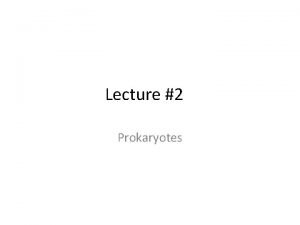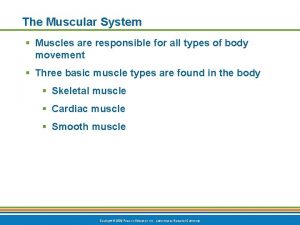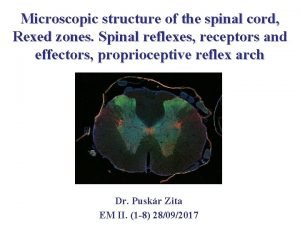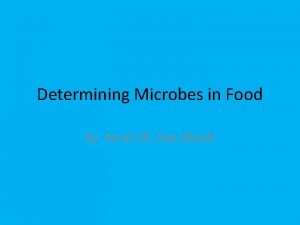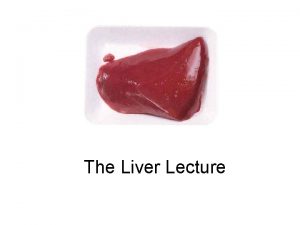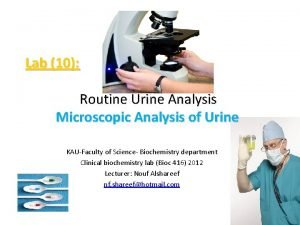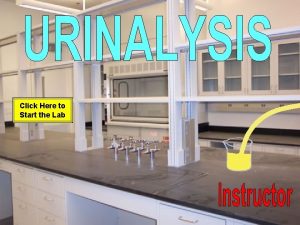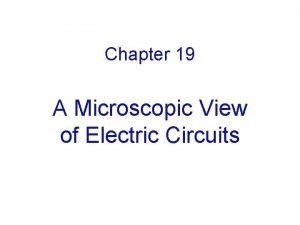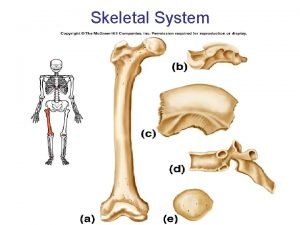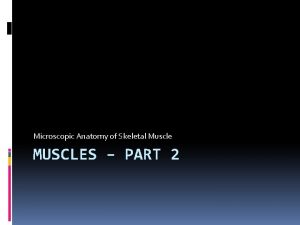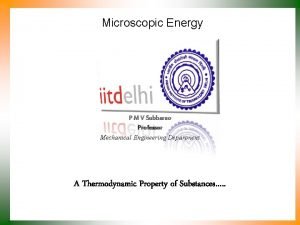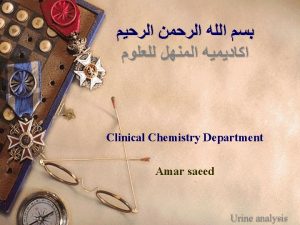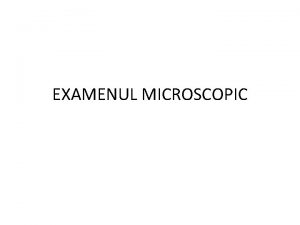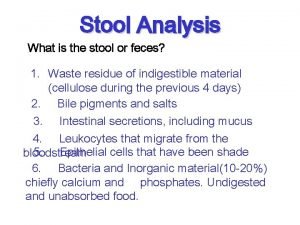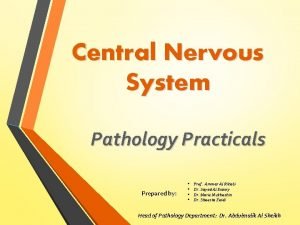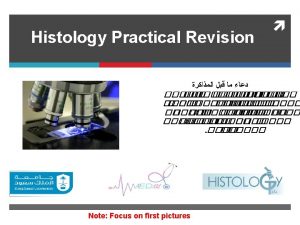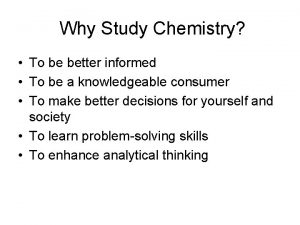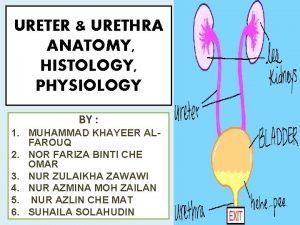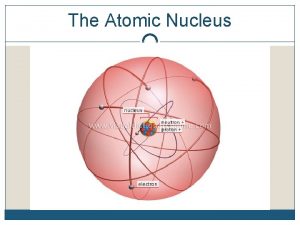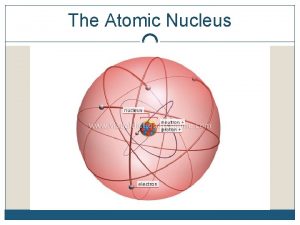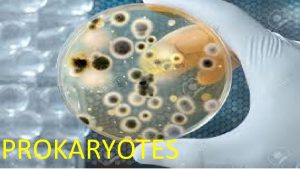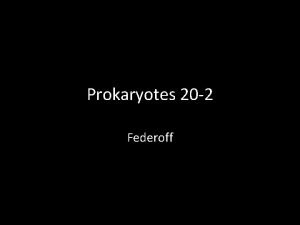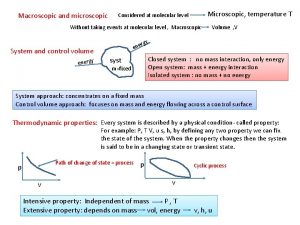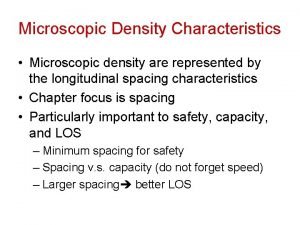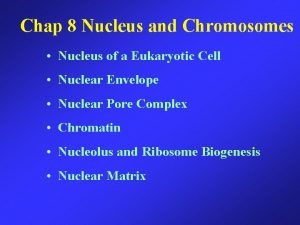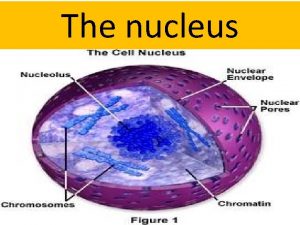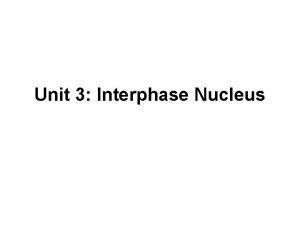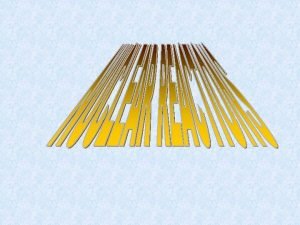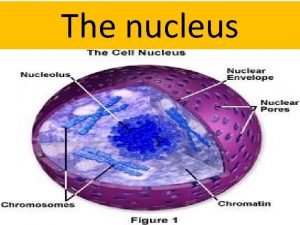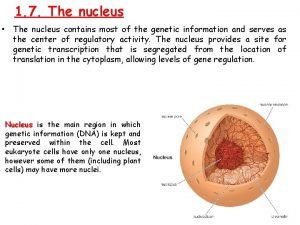Classifying Prokaryotes Prokaryotes are microscopic with no nucleus


























- Slides: 26

Classifying Prokaryotes




• Prokaryotes are microscopic with no nucleus • They are the most ancient (oldest) and most numerous organisms on the planet. There are 2 Kingdoms: ARCHAEBACTERIA EUBACTERIA

Kingdom Archaebacteria • • “Archae” means “ancient” bacteria They are “extremists” 1. Methanogens: live in oxygen-free environments anaerobic conditions convert H 2 & CO 2 into methane gas 2. Thermoacidophiles: live in water that is extremely HOT (230º F) and ACIDIC (p. H < 2). 3. Halophiles: live in extremely SALTY conditions

HALOPHILES THERMOACIDOPHILES METHANOGENS

Archaebacteria • Many live in extremely harsh environments • Methanogens live in oxygen-free environments • Others in extremely salty environments (Great Salt Lake) Halophile • Hot springs where temperatures approach the boiling point of water

“Ex. Tr. Em. E!” salt ponds • halophiles (e. g. , salt flats) • methanogens (e. g. , anaerobic) • thermophiles (e. g. , hydrothermal vents) Thermus aquaticus hot springs • Extremophiles, “lovers” of extreme environments.

Kingdom Eubacteria • • “TRUE” TRUE bacteria – (most bacteria) Classified according to how they obtain energy 1. Heterotrophs: Energy from organic matter • Parasitic: energy from living organisms • Saprobes: feed on dead organisms 2. Phototrophic Autotrophs • Energy from light 3. Chemotrophic Autotrophs • Energy from breakdown of inorganic compounds

Eubacteria • The larger of the two classifications. • Live almost everywhere: Fresh water, salt water, on land on and within the human body.


Characteristics/Comparison Bacteria & Archaea Unicellular Prokaryotes (no membrane-bound nucleus) Smaller than Eukaryotic cells Domain Bacteria Peptidoglycan cell walls Plasma membrane similar to Eukarya Unique ribosomes Domain Archaea Polysaccharide cell walls Unique plasma membrane Ribosomes similar to Eukarya

Bacteria Classification

Structure of Bacteria • Bacteria are classified by 2 characteristics: –Arrangement –Shape

Cell Wall • Determines shape. Some have a second membrane outside the cell membrane that makes them especially resistant to damage.

SHAPE

Shapes – bacillus- rod shaped – coccus- circular • in chains called streptococci • in clusters called staphylococci – spirillum- spiral-shaped

Arrangements • Paired: diplo • Grape-like clusters: staphylo • Chains: strepto

Examples • Streptococcus: Chains of spheres • Staphylospirillum: Grapelike clusters of spirals • Streptobacillus: Chains of rods

Bacteria Cell Structure • cell wall: peptidoglycan • chromosome: single; circular • pili: hair-like structures * conjugation * cell-to-cell contact • flagella: whip-like structure * locomotion • capsule: sticky “coat” * extra protection

Flagella • Motility - movement

Endospores • Structure in some bacteria that is resistant to adverse environmental factors. • Boiling >1 hr still viable

Gram Stain • Gram Positive- turn purple from gram stain • Gram-Negative- Do not take on purple and turn pink (Resistant to Antibiotics)

Eubacteria: Chemotrophic Autotrophs • Get energy by breaking down inorganic substances like sulfur and nitrogen • Make nitrogen in the air usable for plants {Very Important}

Lactic Acid Fermentation • Fementative bacteria that produce lactic acid under anaerobic conditions. Release energy by producing ATP in the absence of oxygen. • Dairy industry – cheese, cottage cheese, yogurt Alcoholic Fermentation • Produces carbon dioxide as well as alcohol. -- causes bread dough to rise. 26
 Insidan region jh
Insidan region jh Microscopic single celled prokaryotes
Microscopic single celled prokaryotes Microscopic anatomy of skeletal muscle figure 6-2
Microscopic anatomy of skeletal muscle figure 6-2 Zoloft and microscopic colitis
Zoloft and microscopic colitis Structure
Structure Microscopic vision ethics
Microscopic vision ethics Microscopic transistor
Microscopic transistor Direct microscopic count
Direct microscopic count Where is bile secreted
Where is bile secreted Microscopic examination of metals
Microscopic examination of metals Microscopic structure of compact bone labeled
Microscopic structure of compact bone labeled Urine
Urine Chemstix urinalysis data sheet
Chemstix urinalysis data sheet Microscopic view of current
Microscopic view of current Diagram microscopic structure of bone
Diagram microscopic structure of bone Microscopic anatomy of skeletal muscles
Microscopic anatomy of skeletal muscles Contractile unit of muscle
Contractile unit of muscle Microscopic energy
Microscopic energy Histopathology is a subdiscipline of microscopic anatomy.
Histopathology is a subdiscipline of microscopic anatomy. Ohm's law microscopic form
Ohm's law microscopic form W
W Preparat nativ
Preparat nativ Fecalysis result
Fecalysis result Brain histology
Brain histology Elastic fibers
Elastic fibers Is milk macroscopic microscopic or particulate
Is milk macroscopic microscopic or particulate Physiology of ureter
Physiology of ureter

